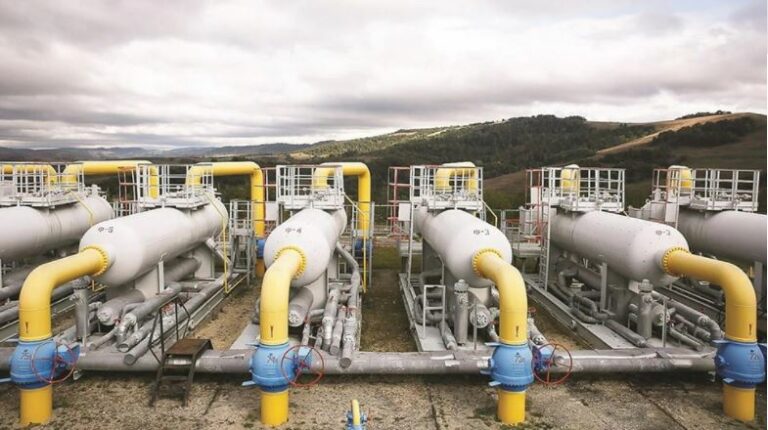The EU imported 58% of its energy consumption in 2020, as its own production met only 42% of its needs, according to Eurostat data released.
The EU energy mix in 2020 consisted of 35% oil and oil products, 24% natural gas, 17% renewable energy, 13% nuclear energy, and 11% solid fossil fuels. Russia is the EU’s leading supplier of gas, oil, and coal, which are the main energy sources of the EU energy mix. In 2020, Russian energy imports reached 24.4% of the EU’s energy needs.
Gas, a major fuel for electricity generation and heating in the EU was the fuel with the highest exposure to imports from Russia. In 2020, the EU received 46% of its gas imports from Russia, accounting for 41% of the gross available energy from natural gas.
Crude oil, a key commodity for transport fuels and the petrochemical industry, was the fuel with the second-largest exposure to imports from Russia. In 2020, the EU relied on Russia for 26% of its crude oil imports, which met 37% of the EU’s energy needs.
also read
Coronavirus Greece – 28,933 new cases, 49 deaths, 351 intubated
Finally, solid fossil fuels (such as coal) had the lowest dependence on imports from Russia, which accounted for 19% of the use of solid fossil fuels in the EU. In 2020, the EU imported 53% of hard coal from Russia, which accounted for 30% of EU consumption.
Ask me anything
Explore related questions





